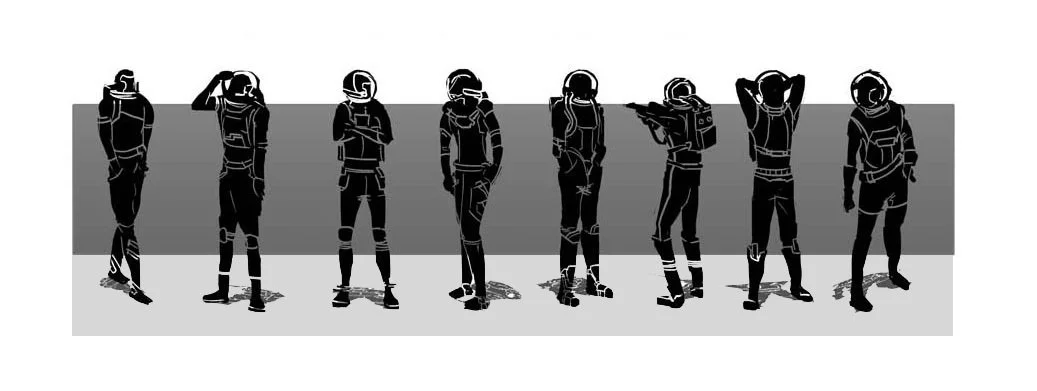Postdoctoral Position Available!
Applications are invited for a Postdoctoral Associate position in the Department of Psychology and Center for Neural Science at New York University, in the laboratory of Clayton Curtis, PhD
A highly qualified Postdoctoral Associate is sought to contribute to all aspects of the research including data collection, study design, data analysis, grant writing, conference presentations, and scientific publishing. The lab has two NIH funded projects that aim to understand the neural mechanisms underlying working memory. The studies use psychophysics, eye-tracking, fMRI, TMS, and computational modeling. Experience in one or more of these domains, including strong quantitative skills, is required. The lab and PI has a successful track record of developing the careers of postdocs and preparing them for independent academic careers.
This position comes with full benefits through New York University, and subsidized on-campus housing is often available. The initial appointment is for one year, with the opportunity of renewal for additional years. Review of candidates will start immediately, and will continue until the position is filled.
To apply, please visit the position’s Interfolio page or contact Clay directly [email] [office landline]
We study neural mechanisms that support spatial cognition.
The prefrontal and posterior parietal cortices sit at the apex of the sensorimotor hierarchy and are important for the selection and planning of voluntary action and are thought to bias the processing in sensory areas towards behaviorally relevant dimensions. Despite our appreciation that these areas are necessary for flexible action and efficient perception, we know relatively little about the control mechanisms by which they accomplishes these goals. This gap in our knowledge is a critical problem because a host of psychiatric and neurologic disorders stems from a primary dysfunction of executive control.
The lab researches the neural mechanisms that support cognitive control processes. Our work addresses key issues in the domains of working memory, attention, and motor control. We use a variety of neuroscience methods neuroscience methods at NYU including behavioral psychophysics, eye tracking, brain imaging and brain stimulation. We perform functional magnetic resonance imaging (fMRI) at NYU’s Center for Brain Imaging. We perform magnetoencephalography (MEG) studies at NYU’s MEG Center. We perform transcranial magnetic stimulation (TMS) studies at NYU’s Center for Brain Imaging. We perform intracranial electroencephalography (iEEG) studies at the Comprehensive Epilepsy Center at NYU’s School of Medicine.











